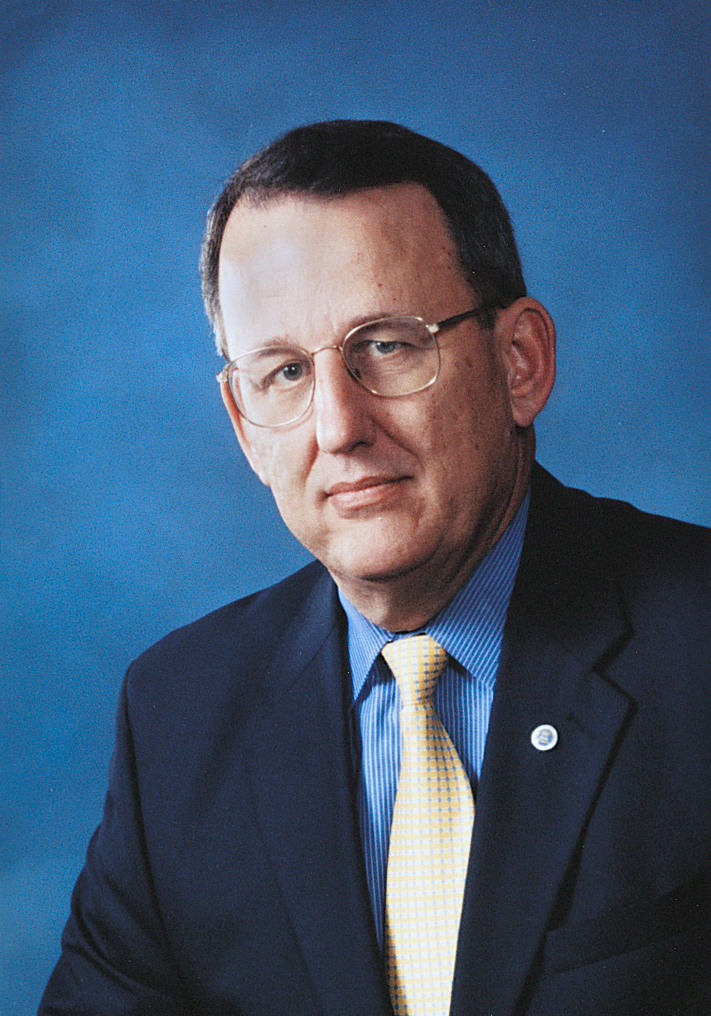Educate More Doctors, Save More Lives
Posted on Jan. 13, 2016When Berryhill Hall opened at Carolina 46 years ago, UNC’s medical school had 353 students. The state had long relied on the University to produce doctors, dating to well before the school expanded to a four-year program from a two-year one in 1954.
Berryhill, designed in the 1960s and dedicated in 1970, was a big advance in that effort. Its auditorium-style lecture spaces were ideal for its mission.
That was then.
Today, medical education and research increasingly engage students in small groups, with technology playing a major role. Those changes have had direct results in thousands of North Carolinians having more accessible and better health care. The school has restructured its curriculum to prepare the next century’s leaders, and it is optimizing recruitment and admissions practices and programs to provide physicians across North Carolina: This year, there are 829 medical students at UNC, with another 1,571 students enrolled in postgraduate programs across the school.
And they all were trained in Berryhill’s now-antiquated facilities.
State leaders have included a new medical education building, priced at $68 million, to replace Berryhill Hall in a $2 billion bond package that goes before North Carolina voters on March 15; $1 billion of the proposal’s total dollars would go to public universities across the state.
The Carolina piece of this proposal is critical: The state faces a growing shortage of doctors, particularly in rural areas — a shortage that is expected to worsen as the over-65 population grows and today’s doctors retire. As in the past — more than 40 percent of the physicians now licensed and trained in North Carolina were educated at Carolina — UNC’s medical school is committed to meeting this growing need for physicians, with partnerships in Charlotte and Asheville and plans for another soon in Wilmington. But additional restructuring is needed.
Current spaces are fully utilized with a class size of 180, and the class size is anticipated to reach 230 students. More space is essential for:
■ Break-out rooms and areas that are more technologically advanced, facilitating inter- and intra-campus communication and active learning formats, allowing for more teamwork and dynamic learning;
■ Flexibility, allowing for team-based learning within various small group sizes, and utilizing spaces, including a commons area where students can gather to study individually and in small groups;
■ Modern clinical teaching methods, such as increased space for simulation and interprofessional education, including a large, modern simulation and clinical skills lab where students can develop clinical and communication skills.
The new facility would enable Carolina to provide students with experiences that develop their ability to work in diverse teams alongside nurses, pharmacists and other allied health professionals, taking care of varied populations of patients and improving the quality and cost-effectiveness of care. Furthermore, Carolina would be able to promote active learning and utilize other advances in teaching methodology.
Importantly for North Carolina, other UNC System universities also would benefit from the bond issue. Another $45 million would go to the UNC System for capital repairs and renovations at the system universities, and an additional $1 billion would go toward construction, repairs and renovations at 58 community colleges, water and sewer loans and grants, 45 state parks, the state zoo, National Guard facilities, the N.C. Department of Public Safety and a plant sciences building for agriculture in partnership with N.C. State. (For more about the bond issue projects, including Carolina’s proposed medical education building, see carolinabond.unc.edu.)
Not since 2000 have North Carolina voters had the opportunity to vote on bonds to fund higher education construction and repairs. State Rep. Dean Arp, author of the bond legislation in the N.C. House, notes that current interest rates have not been this low since 1965 and that, if the bonds are approved, the state’s indebtedness would never exceed its present level. Further, Arp observes that in six years — the time it would take for all projects to be funded and constructed — the state’s debt would be $1.1 billion less than it is now.
Arp forcefully argues that voter approval of the bonds would launch a partnership between industry and the universities, boost the state’s economy and provide North Carolina with new and improved facilities for universities, community colleges, the National Guard, state parks, water and sewer service and state zoo. Importantly, a new medical education building at Carolina would ensure that our School of Medicine can continue to provide the much-needed physicians to serve the state’s health care needs. And when we educate more doctors, we save more lives.
Yours at Carolina,

Douglas S. Dibbert ’70

